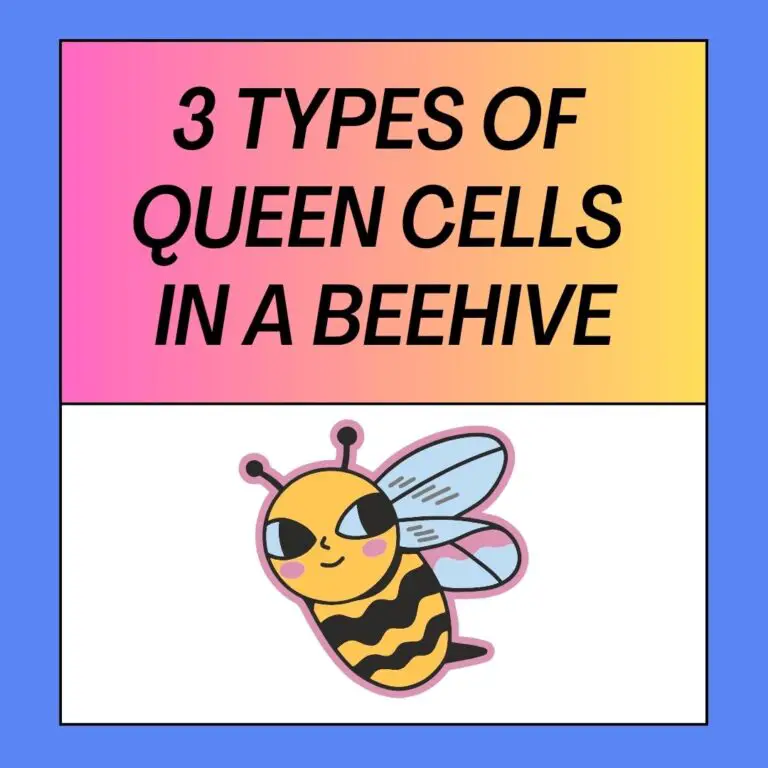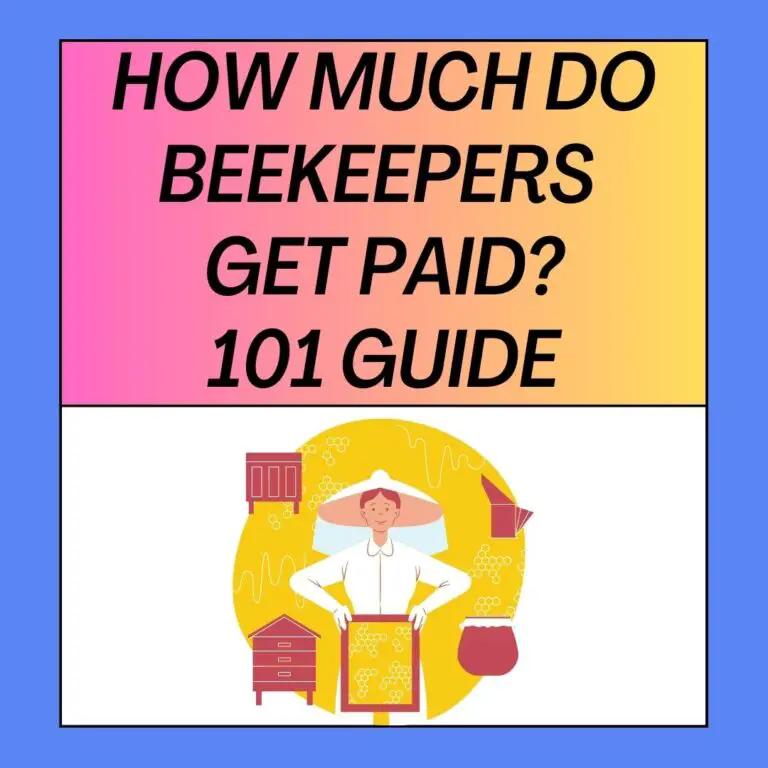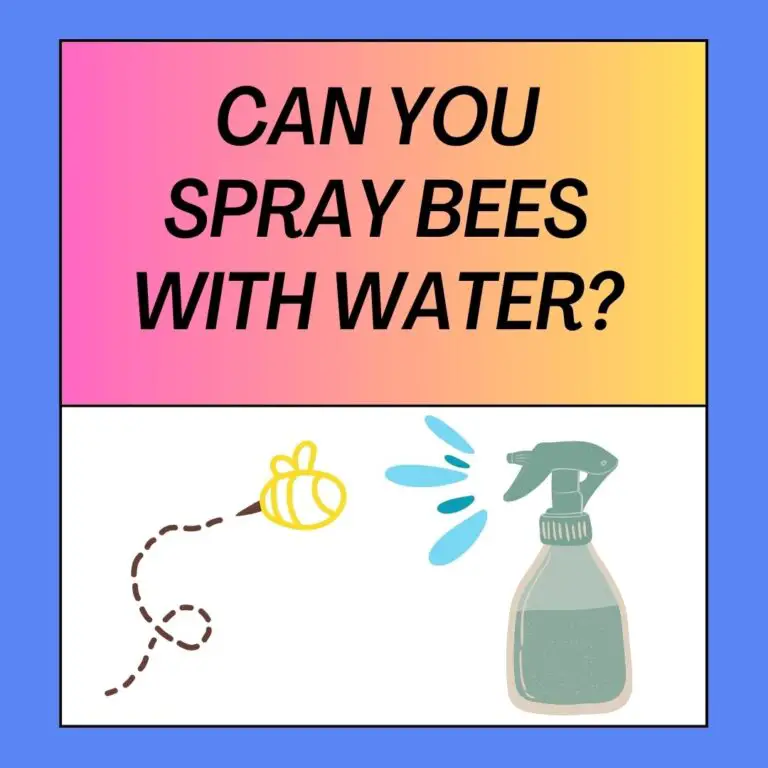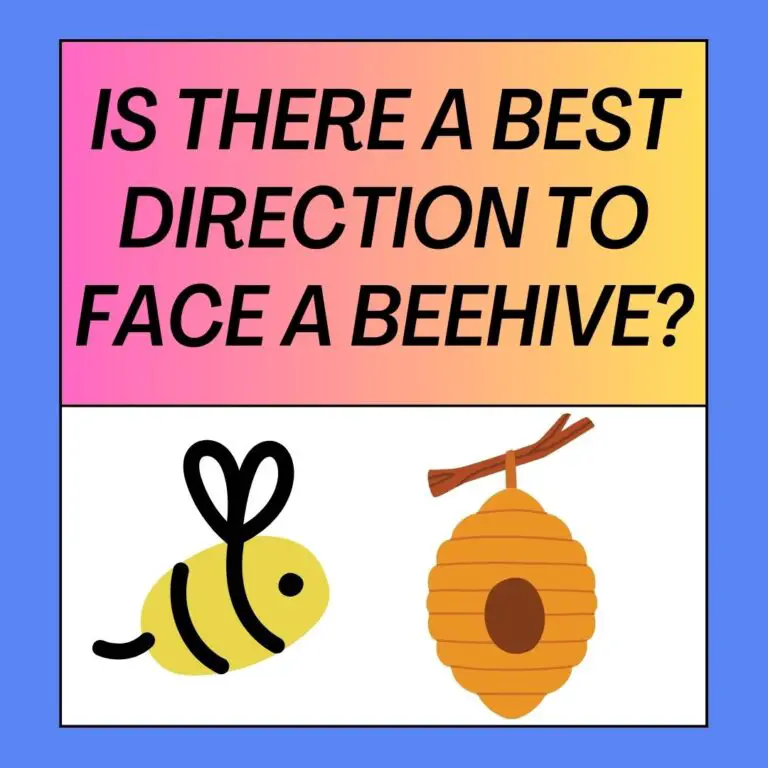
Beekeeping is an age-old practice that’s not just about harvesting honey; it’s also about ensuring the well-being of your honey bee colonies. One of the essential tools in a beekeeper’s kit is the bee smoker. The bee smoker is used to calm honey bees during hive inspections, making it safer and less stressful for both the beekeeper and the bees. To achieve this, beekeepers use various fuels in their smokers to produce cool, white smoke that gently wafts through the hive. But what’s the best bee smoker fuel, and why?
In this comprehensive guide, we’ll explore different types of bee smoker fuels, their advantages, and how to use them effectively. Whether you’re a novice beekeeper or a seasoned pro, understanding your fuel options can help you create a more relaxed and efficient beekeeping experience.
Understanding the Purpose of Bee Smoker Fuel
Before delving into the specifics of various bee smoker fuels, let’s first understand why beekeepers use smokers and how these devices work.
Why Use a Bee Smoker?
- Calming the Bees: Honey bees are incredibly social and organized insects, but they can become agitated when their hive is disturbed. Beekeepers need to inspect hives regularly for health checks, honey harvesting, or hive maintenance. A bee smoker produces smoke that masks the alarm pheromones released by guard bees when they feel threatened. This smoke helps calm the bees, reducing the likelihood of stings and making the inspection process smoother.
- Reducing Defensive Behavior: When bees become agitated, they might adopt defensive behaviors, such as stinging to protect their hive. Bee smoker smoke not only masks pheromones but also disrupts the bees’ communication and navigation, making them less likely to respond defensively.
- Improved Visibility: Smoke encourages bees to move away from the top of frames, allowing beekeepers to access the hive’s interior without crushing bees accidentally.
- Minimizing Stress: Beekeeping is not just about honey production; it’s also about ensuring the well-being of the colony. Stressed bees can lead to various issues, including a decline in honey production and the potential for swarming. Smokers help maintain a calm and harmonious hive environment.
How Bee Smokers Work
A bee smoker consists of a fire chamber, bellows or pump, and a nozzle. Here’s how it operates:
- Fuel Ignition: Beekeeper-friendly fuels are lit in the fire chamber. These fuels produce smoke when they smolder rather than burn with an open flame. This is important because open flames can harm the bees and damage the hive.
- Airflow Regulation: The bellows or pump is used to control the amount of air supplied to the fire chamber. By pumping the bellows, the beekeeper increases the airflow, which encourages the fuel to smolder and produce smoke.
- Smoke Production: The nozzle directs the smoke out of the smoker’s chamber and into the hive. Beekeepers can control the intensity and amount of smoke by adjusting the pump’s speed and the nozzle’s position.
Now that we understand the purpose and operation of bee smokers, let’s explore various bee smoker fuels and their advantages.
Bee Smoker Fuels: Types and Benefits
1. Cotton
Advantages:
- Effectively smolders.
- Produces a consistent, cool, and white smoke.
- Leaves behind minimal residue.
- Easy to source.
Considerations:
- Ensure it’s untreated, as some cotton products may have chemicals or additives.
Cotton is a popular choice among beekeepers for good reasons. It smolders nicely and provides a consistent, cool smoke that calms bees effectively. Additionally, it leaves minimal residue in the smoker, making cleanup easier.
2. Pine Needles
Advantages:
- Easy to find in many regions.
- Smolders effectively.
Considerations:
- Tends to burn hotter than burlap or cotton, so be cautious not to generate excessive heat.
Pine needles are readily available in many areas, and they can be a suitable bee smoker fuel. However, beekeepers should exercise caution, as pine needles tend to burn hotter than some other fuels. Controlling the burn rate is essential to avoid overheating the smoker.
3. Citrus Peels
Advantages:
- Surprisingly effective.
- Produces a pleasant-smelling smoke due to its oily composition.
Considerations:
- Collect peels from organic citrus fruits to avoid pesticide residues.
Citrus peels might come as a surprise, but they work well as bee smoker fuel. Their natural oils produce a consistent, pleasant-smelling smoke. Just ensure that you collect peels from organic citrus fruits to avoid introducing pesticide residues into the hive.
4. Rose Petals and Stems
Advantages:
- Dried rose petals and stems create a pleasing aroma.
- Pleasant for the beekeeper.
Considerations:
- While pleasant for beekeepers, it might not be as effective at calming bees as other fuels.
If you’re looking to add a touch of elegance and aroma to your beekeeping experience, dried rose petals and stems can be used as smoker fuel. They create a lovely scent that you might find more enjoyable than the bees do.
5. Various Spices
Advantages:
- Affordable and readily available.
- Some spices can be grown at home.
Considerations:
- While effective, the aroma might not be as pleasant for the beekeeper as other options.
Many hobbyist beekeepers opt for affordable spices like mint, basil, oregano, and sage as smoker fuel. These spices are easy to find, and some can even be grown at home. They produce effective smoke, but the aroma might not be as pleasing to the beekeeper as other choices.
6. Wood Pellets
Advantages:
- Convenient and easy to use.
- Ensure they are made from natural wood rather than scrap lumber.
Considerations:
- Quality matters; choose pellets made from untreated wood.
For beekeepers who prioritize convenience, wood pellets can be a suitable choice. These pellets are often used in pellet stoves and grills, making them readily available. However, it’s crucial to select wood pellets made from natural wood rather than scrap lumber, as the latter may contain harmful chemicals.
7. Dried Leaves
Advantages:
- Accessible from deciduous trees like oak or maple.
- Smolders well.
Considerations:
- Avoid leaves from poisonous plants or those that produce a pungent smell.
Dried leaves from deciduous trees can be an easily accessible smoker fuel. They smolder well and can be found in most regions. However, beekeepers should avoid using leaves from poisonous plants or those that emit a pungent odor, which could distress the bees.
8. Cardboard
Advantages:
- Smolders slowly and consistently.
- Easily sourced.
Considerations:
- Ensure that the cardboard is free of ink, glue, or other chemicals that could be harmful to bees.
Cardboard, especially corrugated cardboard, can be used as smoker fuel. It smolders slowly and consistently, producing a cool smoke that calms bees effectively. However, it’s essential to use cardboard that is free of ink, glue, or other chemicals that could harm the bees.
9. Dried Grass or Hay
Advantages:
- Accessible and easy to find.
- Smolders effectively.
Considerations:
- Tends to burn quickly, so it’s best when mixed with other fuels to slow the burn rate.
Dried grass or hay can serve as a bee smoker fuel, but it tends to burn quickly. To extend burn time and create a more consistent smoke, consider mixing it with other fuels, such as wood pellets or cotton.
10. Untreated Sawdust
Advantages:
- Smolders well and produces a good amount of smoke.
Considerations:
- Ensure the sawdust is from untreated, natural wood.
Untreated sawdust from natural wood can be an effective fuel source for your bee smoker. It smolders well, producing a steady stream of cool smoke. However, it’s crucial to confirm that the sawdust is free of chemicals or treatments that could harm the bees.
11. Dried Herbs
Advantages:
- Smolder effectively.
- Pleasant aroma for the beekeeper.
Considerations:
- While effective, the aroma might not be as calming for bees as some other fuels.
Similar to using various spices, dried herbs such as lavender, thyme, or chamomile can be used as bee smoker fuel. These herbs not only smolder well but also provide a pleasant aroma for the beekeeper. However, the bees might not find the scent as calming.
12. Pine Cones
Advantages:
- When dry, pine cones smolder slowly and produce a good amount of smoke.
Considerations:
- Use pine cones in moderation, as they can generate higher heat levels if too many are burned simultaneously.
Dried pine cones can serve as suitable smoker fuel when used in moderation. They smolder slowly and release a consistent stream of smoke. However, using too many pine cones at once can elevate the heat level inside the smoker.
13. Dried Corn Cobs
Advantages:
- Smolders well and produces a good amount of smoke.
Considerations:
- Break them into smaller pieces before using them in your smoker for better combustion.
Dried corn cobs can be an effective choice for smoker fuel. They smolder well and generate a consistent flow of smoke. To ensure efficient combustion, break the cobs into smaller pieces before placing them in the smoker.
14. Straw
Advantages:
- Readily available.
- Smolders effectively.
Considerations:
- Mix with other fuels to slow down the burn rate and create a more consistent smoke.
Straw, similar to dried grass or hay, can be used as a bee smoker fuel. It’s easy to find and smolders effectively. To prevent it from burning too quickly, consider blending it with other fuels like wood pellets or cotton.
15. Dried Lichen or Moss
Advantages:
- Unique fuel source.
- Provides a slow smolder and consistent smoke.
Considerations:
- Ensure that the lichen or moss has been collected from a clean and chemical-free environment.
Dried lichen or moss might not be a common choice, but it can serve as a unique and effective bee smoker fuel. It produces a slow smolder and a steady stream of smoke. However, it’s essential to source lichen or moss from clean, chemical-free environments to avoid introducing harmful substances to the hive.
16. Pelletized Paper
Advantages:
- Made from compressed recycled paper.
- Can be used as an eco-friendly fuel source.
Considerations:
- Ensure the paper is free of ink or chemicals that could be harmful to bees.
Pelletized paper, made from compressed recycled paper, can be used as a bee smoker fuel. It’s an eco-friendly option and can be effective at producing smoke. Just be sure that the paper pellets are free of ink or chemicals that might harm the bees.
17. Egg Cartons
Advantages:
- Cardboard egg cartons, especially those made from recycled materials, can be used as a bee smoker fuel.
- Cut them into small pieces for better combustion.
Considerations:
- Ensure they are free of ink, glue, or other chemicals.
If you have cardboard egg cartons, particularly those made from recycled materials, you can repurpose them as bee smoker fuel. Cut them into small pieces for more efficient combustion, and ensure they are free of ink, glue, or other chemicals.
18. Coconut Husks
Advantages:
- Dried coconut husks smolder slowly and produce a good amount of smoke.
Considerations:
- Avoid using husks treated with chemicals or preservatives.
Dried coconut husks can be a useful bee smoker fuel. They smolder slowly and release a consistent stream of smoke. However, it’s essential to avoid using husks that have been treated with chemicals or preservatives, as these can harm the bees.
19. Dried Banana Leaves
Advantages:
- Dried banana leaves smolder slowly and produce consistent smoke.
Considerations:
- Ensure the leaves are completely dry before using them in the smoker.
Dried banana leaves can be used as bee smoker fuel. They smolder slowly and provide a steady supply of smoke. To prevent difficulties with combustion, make sure the leaves are entirely dry before placing them in the smoker.
20. Newspaper
Advantages:
- Rolled or crumpled newspaper can be used as bee smoker fuel.
- Use only black and white print, avoiding glossy or colored sections.
Considerations:
- Ensure it’s free of harmful chemicals or inks.
If you have newspapers on hand, you can roll or crumple them to use as bee smoker fuel. However, it’s crucial to use only the black and white print sections and avoid glossy or colored areas that might contain harmful chemicals or inks.
21. Sumac Seed Heads
Advantages:
- Dried sumac seed heads smolder slowly and produce a good amount of smoke.
Considerations:
- Avoid using seed heads from poisonous sumac varieties.
Dried sumac seed heads can serve as effective bee smoker fuel. They smolder slowly and release a steady stream of smoke. Be cautious not to use seed heads from poisonous sumac varieties, as these can be harmful to bees.
22. Almond Shells
Advantages:
- Dried almond shells smolder slowly and provide a consistent smoke output.
Considerations:
- Ensure the shells are free from any chemical treatments.
Dried almond shells can be used as bee smoker fuel, as they smolder slowly and produce a consistent stream of smoke. To ensure the safety of the bees, use almond shells that are free from chemical treatments.
23. Apple or Cherry Wood Chips
Advantages:
- Untreated apple or cherry wood chips serve as a fuel option.
- Provide a slow smolder and a pleasant, fruity aroma.
Considerations:
- Use untreated wood chips to avoid introducing harmful substances to the hive.
For beekeepers who appreciate a pleasant aroma while working with their bees, untreated apple or cherry wood chips can be a suitable choice. These chips produce a slow smolder and release a fruity fragrance. However, it’s crucial to use untreated wood chips to avoid introducing harmful substances to the hive.
Selecting the right bee smoker fuel depends on your preferences and what’s readily available in your area. The key is to choose a fuel that produces a cool, white smoke and effectively calms the bees during hive inspections. Additionally, always prioritize the safety and well-being of your bees by using fuels that are free from harmful chemicals or additives.
Related faq’s
1. Can I use any type of wood for smoker fuel?
While many types of wood can be used as smoker fuel, it’s essential to choose untreated, natural wood to avoid introducing harmful substances to the hive. Some wood, like apple or cherry, can add pleasant aromas to the smoke.
2. Are there any fuels that are harmful to bees?
Yes, fuels that contain chemicals, additives, or residues from ink or glue can be harmful to bees. Always ensure your chosen fuel is free from such substances to protect your bees’ well-being.
3. Can I mix different types of fuel for my bee smoker?
Yes, you can mix different fuels to achieve the desired burn rate and smoke consistency. For example, combining dried grass or hay with wood pellets can create a slower-burning, more consistent smoke.
4. How do I store my bee smoker fuel?
Store your bee smoker fuel in a dry, cool place in a sealed container to prevent moisture absorption and maintain its effectiveness.
5. Are there any natural fuel options that repel bees or pests?
While some fuels, like dried herbs or certain woods, may have scents that are more pleasant for beekeepers, it’s important to note that the primary purpose of smoker fuel is to calm the bees, not to repel them or pests. Using the right type of smoke and proper beekeeping techniques are more effective for managing bee behavior.
6. Can I use materials like paper towels or tissues as smoker fuel?
While paper towels and tissues may be combustible, they often burn too quickly and may not produce the desired cool, white smoke. It’s best to choose materials that smolder slowly and consistently.
7. Is it okay to experiment with different smoker fuels?
Yes, beekeepers often experiment with various smoker fuels to find what works best for their bees and personal preferences. Just ensure that any new fuel you try is safe for the bees and doesn’t introduce harmful substances to the hive.
8. How often should I refuel my bee smoker during hive inspections?
The frequency of refueling your bee smoker can vary depending on the type of fuel used and the duration of your inspections. Be prepared to add more fuel if the smoker begins to produce less smoke, as a steady flow of cool smoke is essential for keeping bees calm during inspections.
Conclusion
The choice of bee smoker fuel can impact the efficiency and safety of your hive inspections. Whether you opt for traditional materials like cotton and pine needles or explore more unique options like dried herbs or lichen, the key is to create cool, white smoke that calms the bees. By understanding the advantages and considerations of different bee smoker fuels, you can select the one that best suits your needs and enhances your beekeeping experience. Remember to prioritize the well-being of your bees and use fuels that are free from harmful substances, ensuring a harmonious and healthy hive.






